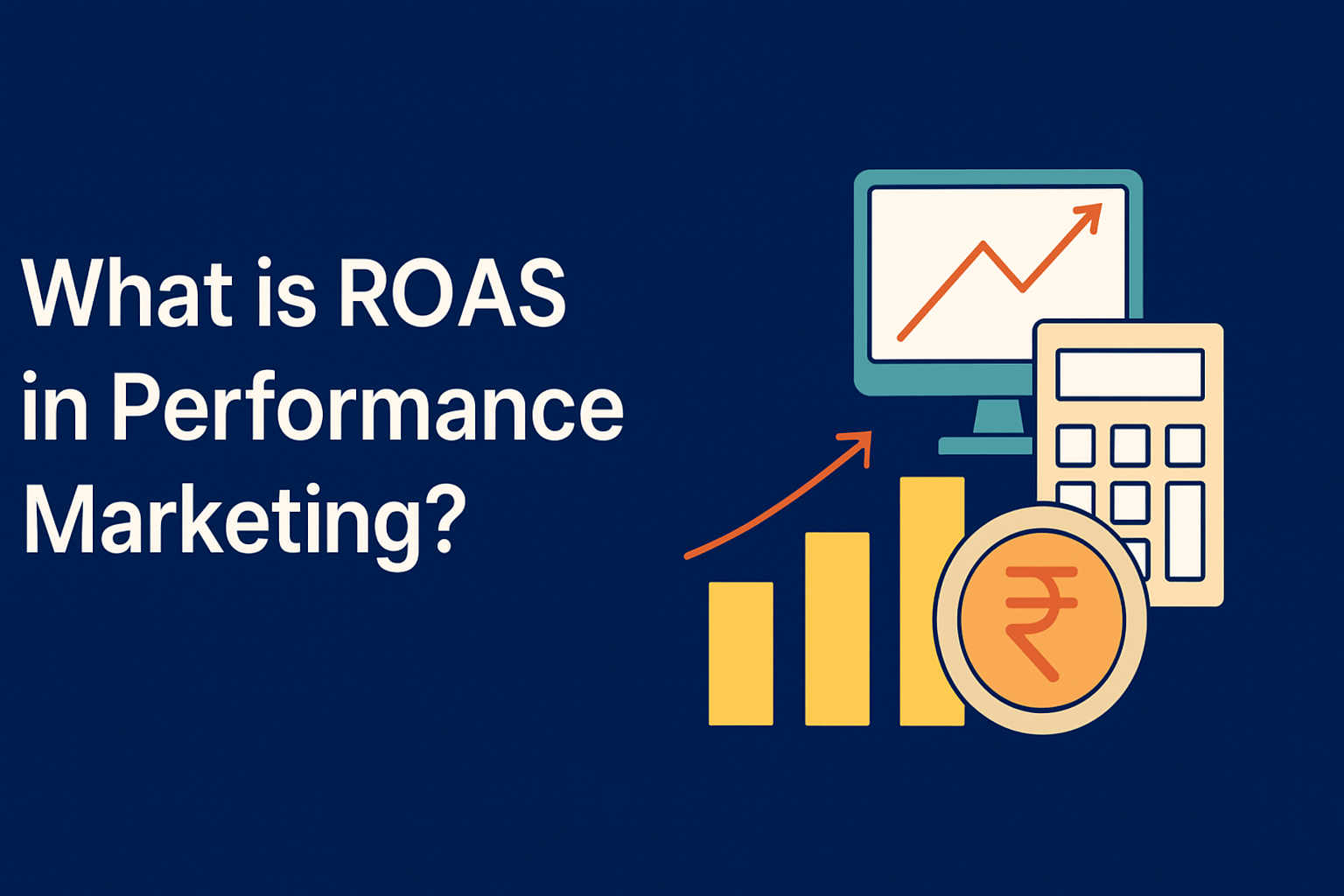Driven by results, performance marketing is a valuable method in digital marketing. It is performance-based marketing, where companies pay performance marketing agencies only when the campaign achieves set objectives or the target user performs the desired action. This action could be a click, an impression, a sale, and even a lead.
To reach their target audience, performance marketers create ads on behalf of brands and place them on marketing channels such as search engines, social media, YouTube, etc. The brands then pay marketers based on the performance of the ads.
In the process of designing a performance marketing ad campaign, marketers identify a set of target audiences they want to reach via the campaign. These audiences are segmented based on 4 major targets – demographic, geographic, interests/behavior, and psychographics. In this article, we will throw light on these vital target markets. So, let’s go.
4 Major Types of Targeting Used in Performance Marketing
Demographic Targeting

Demographic segmentation divides the market based on age, gender, religion, ethnicity family size, education, and income. It then targets users based on these traits.For instance, a brand has a skin care product, made for females aged from 18 to 25 years and have an annual income of at least $3,00,000. The performance marketer would use three parameters, gender, age, and annual income to create a demographic group for the campaign.
Geographic Targeting

Geographic targeting is done on the basis of geolocations. Here, the brand, via its ad campaign, reaches only that audience that lies within the specified geographic location.For instance, an ice cream outlet, with branches solely in the southeast of California will set the target location to the southeast only to reach people within that particular region.
Interest-Based Targeting

Interest targeting defines the target audience based on interests. Here, ads are targeted to those niche audiences that have already shown interest in the brand’s product or content. By identifying the browsing activities and patterns, social engagements, and purchase behavior of the users, marketers can easily measure their interests.For instance, a furniture brand that targets its furniture ads to home decor websites will automatically reach people who are browsing the same or similar website to collect ideas for a new house. These people will be more likely to interact with the brand’s ads.
Psychographic Targeting

Psychographic targeting is based on the psychological traits of people. It considers the demographics so that it can influence people’s purchase decisions based on their lifestyle characteristics. These characteristics include values, attitudes, activities, hobbies, personality, social status, and similar traits.For instance, for a coffee brand, marketers may segment people by daily habits and lifestyle. They may find a segment that pursues a healthy as well as a conscious lifestyle and can promote the brand’s metabolism-boosting coffee or energy juices.
By understanding and targeting audiences using the above majors, performance marketing professionals are able to drive,
Awareness,
Interest,
Desire &
Action, from the niche audience group.
Now, it is quite apparent that marketing channels are frequently changing their algorithms to offer an enhanced experience to both brands and users. Hence, it has become inevitable for brands to constantly optimize their ads. Performance marketing experts like Verve Online Marketing suggest a few tips to optimize your targeting via ads and maximize results. Let’s have a quick look at them.
- Optimize your targeting by creating multichannel campaigns. This will help you connect with customers on more than one platform, which will further boost opportunities for conversions as well as sales.
- Be very careful and strategic in tracking and measuring the performance of your campaigns. Focus on making tweaks in real-time insights, whenever required, based on the relevant campaign KPIs.
- Create client-centric ad strategies rather than brand-centric. This helps design more personalized messaging, resulting in better ad performance and high conversion rates.
- An ad campaign that has multiple media types in it ensures more engagement. Hence, prefer designing a campaign that, besides an ad, also comprises a landing page, YouTube video, and similar media elements.
Wrapping Up
This comes to a wrap-up.
Performance marketing isn’t limited to the above targeting strategies. If you want to learn more about it, stay tuned to our informative blogs. Verve Online Marketing is a leading digital marketing agency with experts holding years of experience. Get in touch with us if you’re looking to expand your reach and grow your business with performance marketing. We’ll be delighted in being your digital marketing partner. Click here to drop your inquiries.










